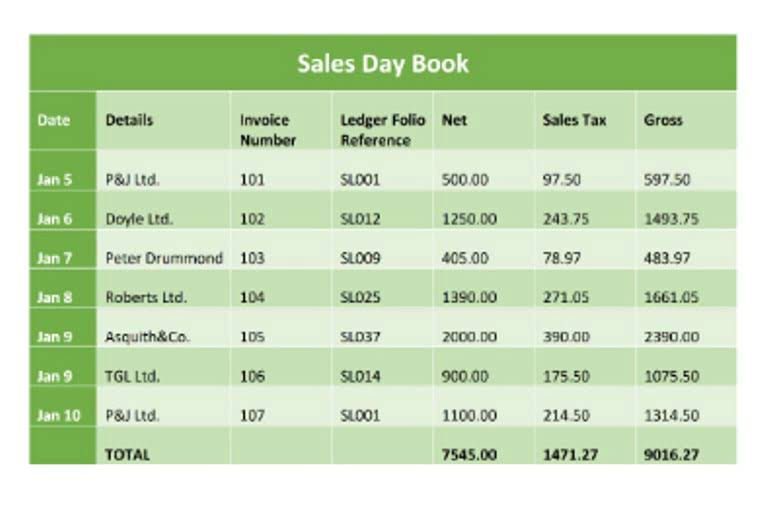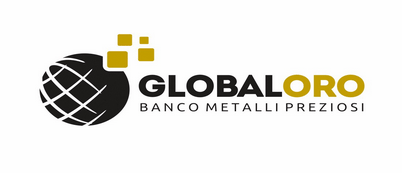How to Calculate Total Manufacturing Cost Full Formula

Cost of goods sold (COGS) is the direct cost of producing goods, excluding overhead costs. This metric is important, as it represents the amount of product you have to how to calculate total manufacturing cost sell to break even or make a profit. Conversely, the total manufacturing cost formula does include overhead costs. Material costs include all of the materials used to manufacture your products. Direct material costs include the components and raw materials used to create the finished product. Indirect material costs include items such as containers or pallets used to store raw materials safely.
Direct labor

The first thing they may consider doing is lowering their production costs. If this isn’t feasible, they may need to reconsider their pricing structure and marketing strategy to determine if they can justify a price increase or if they can market the product to a new demographic. If neither of these options works, producers may have to suspend their operations or shut down permanently. For example, fixed costs for manufacturing an automobile would include equipment as well as workers’ salaries. Product price provides businesses with important insights Bakery Accounting to make effective decisions.
Direct materials

Some companies may even decide to include costs related to training the production staff in direct labor costs. Total manufacturing cost is an essential metric for understanding the profitability of a business. It can be used to adjust the selling price of your products, identify and cut expenses, and calculate other key metrics like the Cost of Goods Manufactured. In this post, we explore total manufacturing cost and its utility to manufacturers.
What should I do if I don’t know the number of units produced?
You can link dependent tasks to avoid costly delays and set milestones to track progress. This captures your planned costs and allows you to view those planned costs against your actual costs in real time. This data is also shared with other features, such as our dashboards and reports. First, determine how many hours of contra asset account work are directly involved in manufacturing the product. These are the hours spent by workers who are directly contributing to the production process.
- Now that we’ve defined the main types of manufacturing overhead cost categories, let’s look at 10 examples of fixed and variable manufacturing overhead costs.
- While there are a host of business functions, each with its own costs, the number that matters most in terms of profitability is the Total Manufacturing Cost.
- First, identify the cost of direct materials, which includes all raw materials used in production.
- Total manufacturing cost (TMC) also means total manufacturing cost, which is the total cost of all the activities to convert all the raw materials into a completed product.
- This data is also shared with other features, such as our dashboards and reports.
- Putting the above together, the formula for calculating the cost of goods manufactured (COGM) metric is as follows.
- WIP represents any partially-complete inventory that is not yet marketable, i.e. they have not yet become finished products ready to be sold to customers.
Manufacturing Overhead Formula

With all this valuable information under your belt, you can better track manufacturing costs as they pertain to your workforce. Another commonly used term for manufacturing costs is product costs, which also refer to the costs of manufacturing a product. Here are some frequently asked questions (FAQs) and answers that address key concepts related to manufacturing costs. Manufacturing cost calculation gives an accurate view of the costs allowing companies to eliminate irrelevant costs and optimize resource utilization to boost profitability. According to the book Manufacturing Cost Estimating, the benefits of calculating the costs of manufacturing range from guiding investment decisions to cost control. For instance, let’s say the hourly rate a manufacturing company pays to its employees is $30.
- One major challenge is data that’s either inaccurate or missing completely.
- Kavitha Simha is a productivity author and researcher, passionate about finding smarter ways to manage time.
- Managers can view timesheets to monitor labor costs and get further information by generating a timesheet report.
- The declining balance method involves using a constant rate of depreciation applied to the asset’s book value each year.
- Calculating your manufacturing costs can help you improve your pricing and boost your bottom line.

Understanding the components of manufacturing costs provides a clear picture of where expenses arise and how they impact the overall financial health of the business. Both of these figures are used by manufacturers to evaluate the total costs of running their business. For the company to be profitable, the revenue it makes must be more than the total expenses for its manufacturing costs and production costs combined. Determining manufacturing costs is important; it helps manufacturers price their products in such a way that they’re competitive but also ensures high net profits for the company. Knowing the manufacturing cost gives manufacturers the ability to meet goals and make sure their production process is at the right level of productivity. Manufacturing overhead costs can fluctuate due to changes in production volume, energy prices, and maintenance needs.

